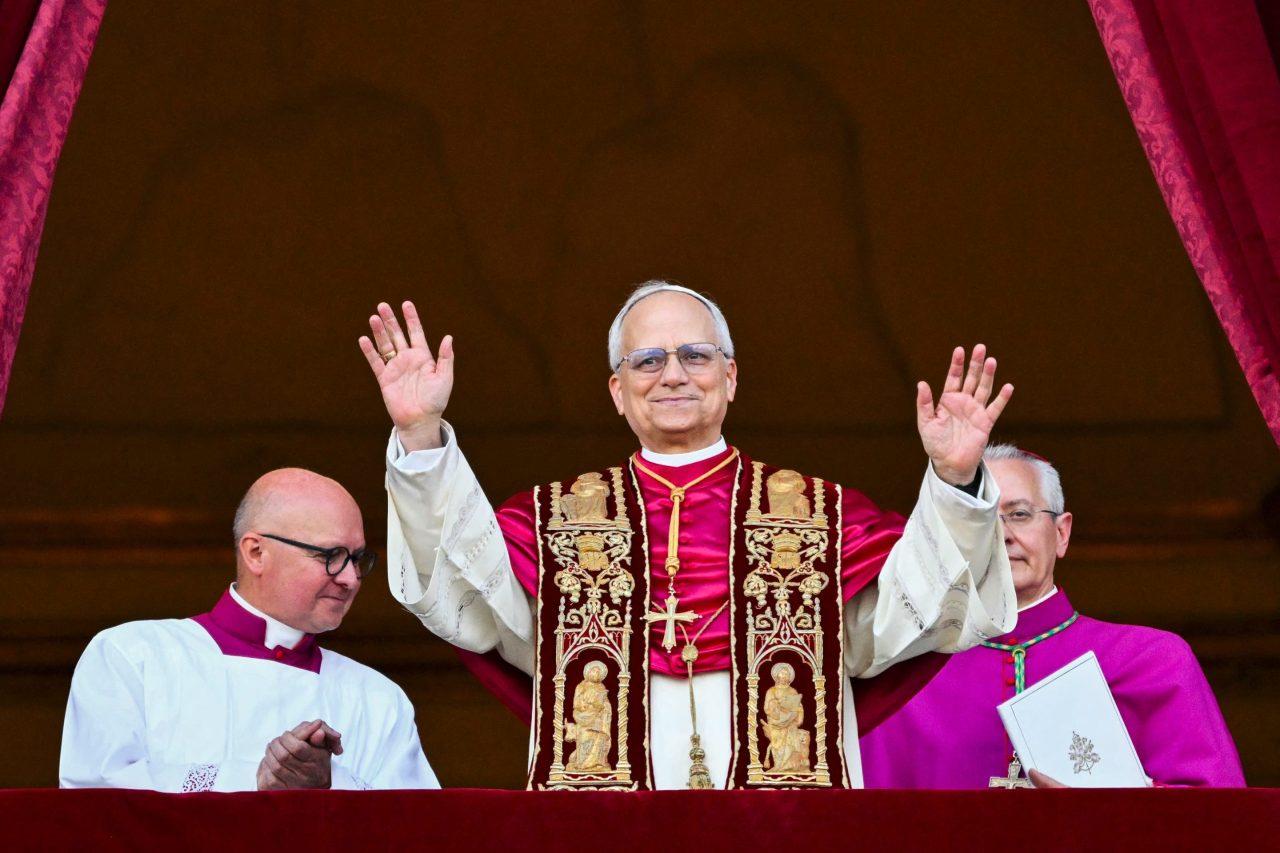KYOTO — This fall, visitors to Kyoto have the rare chance to see some of Japan’s most treasured cultural properties, normally hidden from public view. At an exclusive seasonal event, 28 historic locations across Kyoto Prefecture, from iconic city temples to lesser-known rural sites, are opening their doors to reveal their cultural treasures.
Organized by the Kyoto Heritage Preservation Association, this year’s event is notable for including temples from the Oku-Kyoto region—such as those in Fukuchiyama, Ayabe, and Maizuru—broadening access beyond the traditional venues in Kyoto City. Each location has its own schedule and entry fee, encouraging visitors to explore different parts of the prefecture.
Highlights include the recently designated national treasures at Daihoonji Temple in Kamigyo Ward, where six Kannon statues and six-panel folding screens by the master painter Kano Sanraku are on display until December 1. Meanwhile, Chion-in Temple in Higashiyama Ward is allowing visitors a rare chance to explore the upper part of its Sanmon Gate, a massive wooden structure dating back centuries, open for viewing through November 10.
Further afield, visitors to the Oku-Kyoto area can discover temples rich in history and seasonal beauty. Fukuchiyama’s Kannonji Temple, celebrated as the “hydrangea temple in Tanba,” and Ayabe’s Komyoji Temple, founded by Prince Shotoku, both offer unique cultural experiences.
This event is a unique opportunity for history enthusiasts and travelers alike to experience Kyoto’s cultural heritage in a way that is typically reserved for local festivals or special occasions. Don’t miss this once-a-year chance to explore hidden Kyoto gems and immerse yourself in Japan’s profound legacy of art and spirituality.




